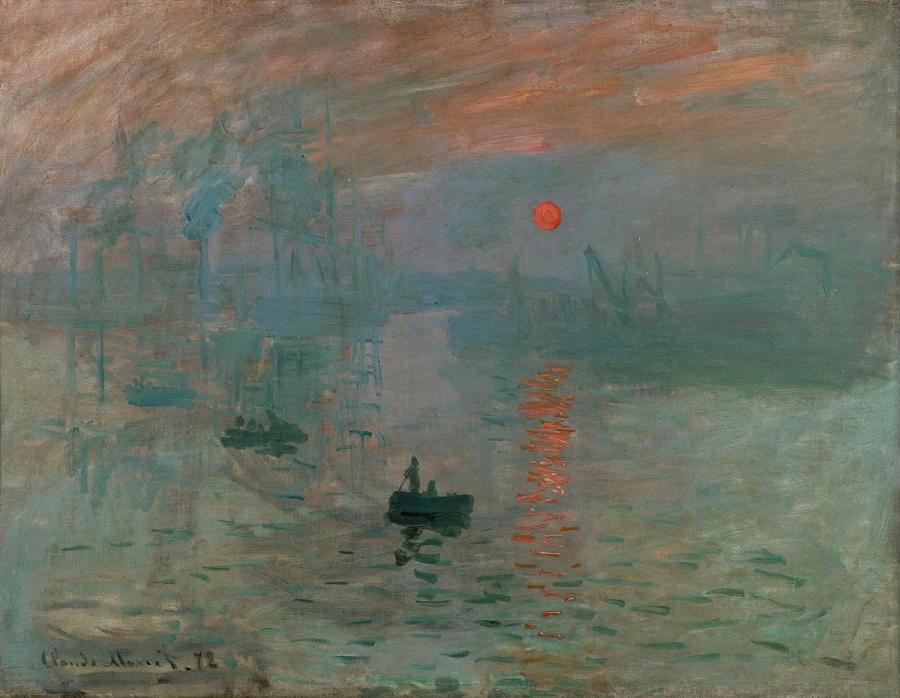
Luxi Tian (Bangor University)
At the end of the 19th century, composers Debussy and Ravel developed a strong interest in Eastern music and pentatonic scales. Several decades later, in the 20th century in the East, a group of Chinese composers, like Shiguang Cui, drew lessons from French composers. In this paper, I argue that Chinese composers of the mid-20th century specifically upon the early works of French impressionist composers such as Ravel and Debussy create a new style that merged with Chinese aesthetics. This argument will be supported by a close reading of Ravel’s Jeux d’eau and Shiguang Cui’s Mountain Spring. Current literature indicates that, since ancient times, Chinese classical aesthetics has paid attention to the "气韵生动”(vivid charm). In comparison, the musical aesthetics of French Impressionism were emphasizing the moment of sound, light, and colour. Jeux D'eau is representative of Ravel’s early Impressionist work, through various playing techniques to shape the shape of "water," different sound effects. Shiguang Cui’s Mountain Spring is similar to Impressionism's hazy and ethereal - but still combined with the idea of Chinese classical aesthetics. This paper will focus on these two works' dynamic/rhythm content and several angles to analyze how music shapes the image of water. It will also provide a conclusion through the comparison and analysis of musical examples: the similarities in hearing come from the use of compositional techniques, but aesthetic ideas make two pieces different.
